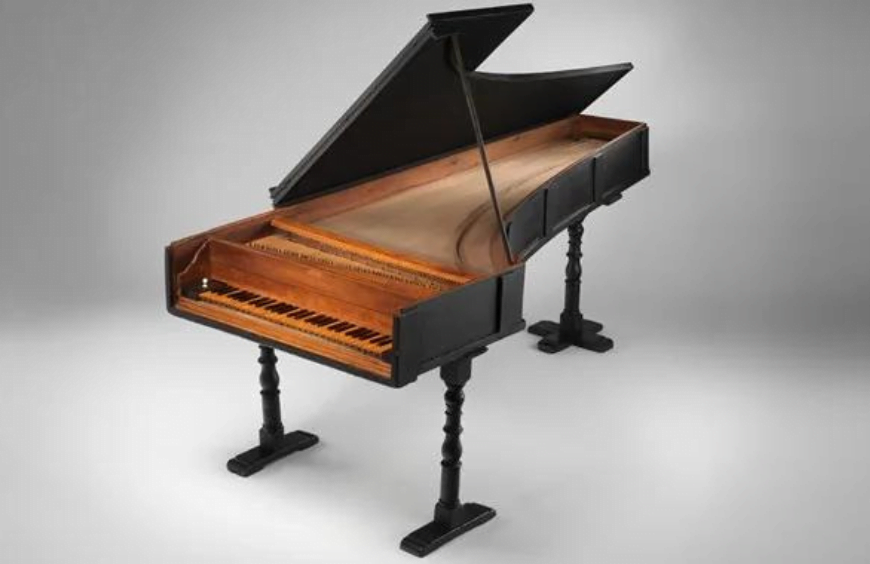No products in the cart.

Music has been an integral part of human civilization since time immemorial. Throughout history, various musical instruments have been crafted and refined to create beautiful melodies that resonate with our souls. Among these instruments, the piano holds a special place. It is a versatile and enchanting instrument that has captivated audiences for centuries. Today, we embark on a journey to explore the world’s oldest piano, a remarkable artifact that provides a glimpse into the evolution of this magnificent instrument.
- The Birth of the Piano: The piano, as we know it today, evolved from its predecessor, the harpsichord, during the late 17th century. Bartolomeo Cristofori, an Italian instrument maker, is credited with inventing the piano around the year 1700. He sought to create an instrument that could produce both soft and loud sounds, allowing for a greater range of expression.
- The Oldest Surviving Piano: The oldest surviving piano, known as the “Queen’s Piano” or the “Medici Piano,” was built by Bartolomeo Cristofori himself. Completed in 1720, this magnificent instrument is housed in the Musical Instrument Museum in Leipzig, Germany. It is a testament to Cristofori’s ingenuity and craftsmanship.
- Characteristics and Design: The Queen’s Piano features several distinctive characteristics that set it apart from modern-day pianos. It has a smaller keyboard with just four octaves, compared to the standard seven and a quarter octaves of modern pianos. The strings are made of iron or brass, and the hammers are covered in leather. These design elements give the instrument a unique tonal quality and a more delicate sound compared to modern pianos.
- Preservation and Restoration: Over the centuries, the Queen’s Piano has undergone several restorations to ensure its preservation. The delicate nature of the instrument required expert craftsmanship to maintain its authenticity while addressing the wear and tear of time. Skilled artisans carefully restored the piano, preserving its historical significance and allowing it to continue captivating audiences with its unique timbre.
- Historical Significance: The Queen’s Piano provides valuable insight into the early development of the piano and the musical landscape of the 18th century. It offers a rare opportunity to experience the sound and craftsmanship of a bygone era. Musicians, historians, and piano enthusiasts alike are drawn to this instrument, eager to explore its rich history and discover its unique musical qualities.
- Legacy and Influence: The piano has undergone significant transformations since the creation of the Queen’s Piano. The instrument’s design has evolved, and technological advancements have made it more accessible to musicians worldwide. However, the influence of Cristofori’s invention remains unmistakable. The piano has become a staple of classical music and a versatile instrument used in various genres, from jazz to contemporary pop.
in conclusion, the world’s oldest piano, the Queen’s Piano, serves as a testament to the ingenuity and artistry of Bartolomeo Cristofori. It stands as a musical time capsule, allowing us to glimpse into the past and appreciate the evolution of this magnificent instrument. As we marvel at its delicate craftsmanship and unique tonal qualities, we are reminded of the enduring power of music and the remarkable human creations that continue to inspire generations. It is now sitting in the Metropolitan Museum of Art in New York is the world’s oldest piano.

